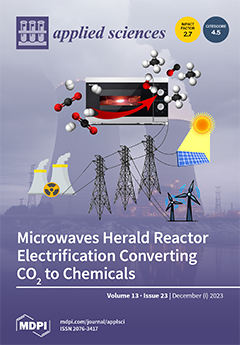The tea plant (
Camellia sinensis), as a major, global cash crop providing beverages, is facing major challenges from droughts and water shortages due to climate change. The accurate estimation of the actual evapotranspiration (ET
a) of tea plants is essential for improving the water management and crop health of tea plantations. However, an accurate quantification of tea plantations’ ET
a is lacking due to the complex and non-linear process that is difficult to measure and estimate accurately. Ensemble learning (EL) is a promising potential algorithm for accurate evapotranspiration prediction, which solves this complexity through the new field of machine learning. In this study, we investigated the potential of three EL algorithms—random forest (RF), bagging, and adaptive boosting (Ad)—for predicting the daily ET
a of tea plants, which were then compared with the commonly used k-nearest neighbor (KNN), support vector machine (SVM), and multilayer perceptron (MLP) algorithms, and the experimental model. We used 36 estimation models with six scenarios from available meteorological and evapotranspiration data collected from tea plantations over a period of 12 years (2010–2021). The results show that the combination of R
n (net radiation), T
mean (mean air temperature), and RH (relative humidity) achieved reasonable precision in assessing the daily ET
a of tea plantations in the absence of climatic datasets. Compared with other advanced models, the RF model demonstrated superior performance (root mean square error (RMSE): 0.41–0.56 mm day
−1, mean absolute error (MAE): 0.32–0.42 mm day
−1, R
2: 0.84–0.91) in predicting the daily ET
a of tea plantations, except in Scenario 6, followed by the bagging, SVM, KNN, Ad, and MLP algorithms. In addition, the RF and bagging models exhibited the highest steadiness with low RMSE values increasing (−15.3~+18.5%) in the validation phase over the testing phase. Considering the high prediction accuracy and stability of the studied models, the RF and bagging models can be recommended for estimating the daily ET
a estimation of tea plantations. The importance analysis from the studied models demonstrated that the R
n and T
mean are the most critical influential variables that affect the observed and predicted daily ET
a dynamics of tea plantations.
Full article





